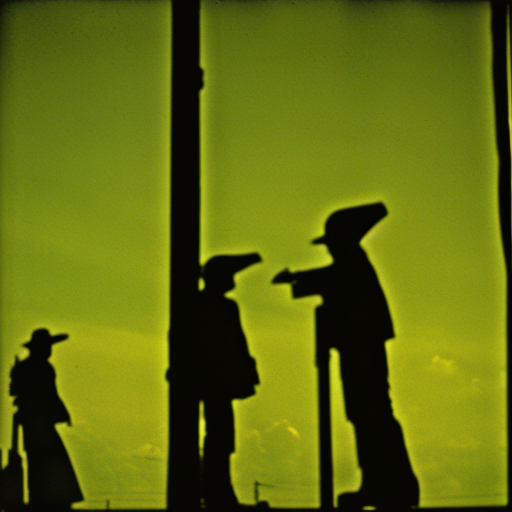Diego Rivera: A Revolutionary Mexican Muralist
Diego Rivera was a renowned Mexican painter and muralist who played a significant role in the development of modern Mexican art. Born on December 8, 1886, in Guanajuato, Mexico, Rivera’s artistic career spanned several decades and left an indelible mark on the art world.
Early Life and Education
Rivera’s passion for art was evident from a young age. He began studying painting at the Academy of San Carlos in Mexico City, where he was exposed to various artistic styles and techniques. Rivera’s early works were influenced by European art movements such as Impressionism and Cubism.
Revolutionary Ideals and Political Activism
Rivera’s art was deeply intertwined with his political beliefs. He was a staunch supporter of the Mexican Revolution and believed that art should serve as a tool for social change. Rivera’s murals often depicted scenes of Mexican history, indigenous culture, and the struggles of the working class.
The Mexican Muralism Movement
Rivera was one of the leading figures of the Mexican Muralism movement, which emerged in the 1920s. This movement aimed to create public art that would educate and inspire the Mexican people. Rivera’s murals, characterized by their large scale and vibrant colors, adorned numerous public buildings in Mexico and the United States.
Notable Works
One of Rivera’s most famous works is the mural “Man at the Crossroads,” commissioned for the Rockefeller Center in New York City in 1933. However, the mural was controversial and was ultimately destroyed due to its depiction of Lenin and other communist symbols. Another notable work is the mural “The History of Mexico,” located in the National Palace in Mexico City. This massive mural spans several floors and depicts key moments in Mexican history.
Influence and Legacy
Rivera’s influence extended beyond his own artwork. He inspired a generation of Mexican artists and played a crucial role in the development of modern Mexican art. Rivera’s murals continue to captivate audiences with their powerful imagery and social commentary.
Personal Life and Relationships
Rivera’s personal life was as colorful as his artwork. He was married four times, with his most famous marriage being to fellow artist Frida Kahlo. Their relationship was tumultuous but also deeply influential to both artists’ work. Rivera’s infidelity and political activism often strained their marriage, but they remained connected through their shared passion for art.
Later Years and Death
In his later years, Rivera continued to create murals and paintings, focusing on themes such as Mexican history and indigenous culture. He received numerous accolades for his work, including the National Prize for Arts and Sciences in Mexico. Rivera passed away on November 24, 1957, leaving behind a rich artistic legacy.
Conclusion
Diego Rivera was a revolutionary Mexican muralist whose art and political activism left an indelible mark on the art world. His murals, with their powerful imagery and social commentary, continue to inspire and educate audiences today. Rivera’s dedication to using art as a tool for social change and his commitment to representing the struggles of the working class make him a true icon of Mexican art.












